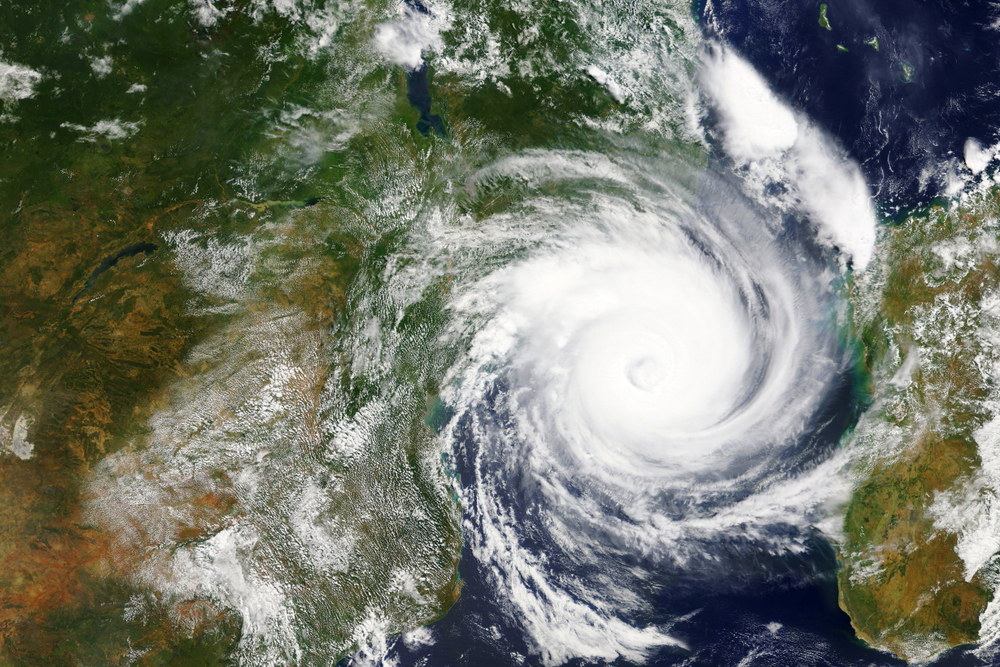Cyclones are storm systems that are driven by moisture from warm ocean water. When they find warmer
than-usual pockets of ocean water, they intensify rapidly, making them difficult to be forecast with
accuracy. Cyclone Tauktae is the latest cyclone to affect the Indian subcontinent, adversely impacting the
country from Tamil Nadu to Gujarat in the last previous days while also causing extreme weather
disturbances in certain cities of Pakistan as well. Cyclone Tauktae is the first Extremely Severe Cyclone
within such close proximity to Mumbai in the last 130 years as per climate scientists at the Indian Institute
of Tropical Meteorology (IITM), Pune.
The Indian-Western coastline is not new in witnessing cyclones. However, this particular one has scientists
concerned for mainly two reasons – it’s devastating impact and its intensity.
India’s Eastern coastline has traditionally witnessed more cyclones in the past. However, of late, there has been an increase in the disturbances in the Arabian Sea, leading to more cyclones along the Western coastline too.
MitKat’s Special Report on the Increasing cyclones in the Indian Ocean provides a detailed view of the changing trend in the Indian Ocean in terms of frequency and intensity of cyclones. It also details ways to mitigate crisis along with recommendations for organisations operating in high risk zones. Lastly, it gives out a brief description of Cyclone Yaas and its potential impact.
Oops! We could not locate your form.



